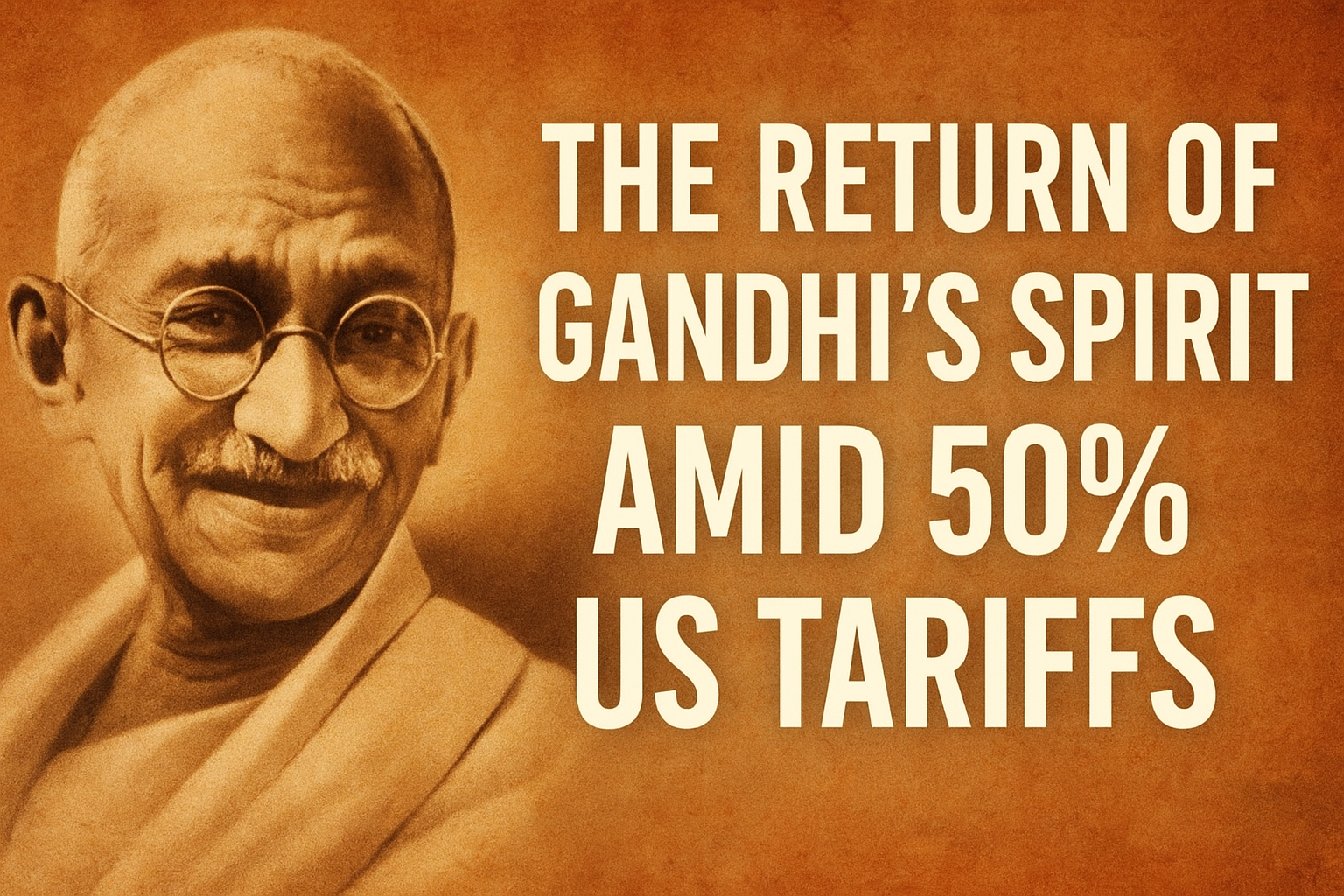
At the United Nations Forum on Forests held in New York this May 2025, India narrated an uplifting tale of leafy success. With pride, the Indian delegation announced that the country’s forest and tree cover now stretches across 25.17% of its geographical area. Supported by the recently released State of Forest Report 2023, this statistic appears, at first glance, to be a marker of undeniable environmental progress. But within this celebration lies a cautionary tale. Not all that is green is forest, and not all that grows sustains life.
The reported increase, an additional 1,445 square kilometres of green cover since 2021, is roughly the size of Delhi. It includes both forest cover (21.76%) and tree cover (3.41%). These numbers owe much to expansive efforts such as the Aravalli Green Wall initiative, which added 7,846 hectares of green cover, and the Ek Ped Maa Ke Naam campaign, responsible for planting a staggering 1.4 billion seedlings. These programmes, ambitious in scale and scope, are part of India’s broader commitment to addressing climate change, conserving biodiversity, and meeting global environmental targets.
Yet, as with many large-scale narratives, the details matter.
The distinction between “forest” and “tree” cover, while technical, is crucial. Forests, in ecological terms, are complex, self-sustaining ecosystems that host layered biodiversity, from fungi and ferns to apex predators. In contrast, tree cover can include monoculture plantations, orchards, and urban greens. These areas, while appearing green to satellite imagery, often lack the ecological depth of a natural forest. Including mango, coconut, or eucalyptus plantations in official forest statistics may paint a greener picture than reality allows.
More troubling is the simultaneous erosion of India’s dense, old-growth forests. The 2023 report reveals a loss of 1,488 square kilometres of dense forest in high-altitude areas since 2021, particularly in the fragile ecosystems of the Northeast. Between 2011 and 2021, a staggering 40,709 square kilometres of forest moved from the “dense” to “open” category. This indicates a progressive thinning that jeopardizes the integrity of these habitats.
The statistics call not just for applause but also for scrutiny.
Former Indian Forest Service officer Prakrithi Srivastava rightly warns against simplistic readings of such reports. “We need a scientific and factual interpretation of the latest State of Forest Report and not a feel-good conclusion,” she notes. Numbers alone cannot capture the health of a forest. A marginal gain in area can mask a major loss in quality.
To its credit, the 2023 report attempts to move beyond acreage. It incorporates modern frameworks such as the System of Environmental-Economic Accounting (SEEA) and the Millennium Ecosystem Assessment (MEA) to quantify the services forests provide—carbon sequestration, water filtration, climate regulation, and more. Pilot studies in states like Uttarakhand and Rajasthan are beginning to attach tangible value to nature’s invisible work. These assessments have the potential to influence future policy and budgetary decisions.
Still, serious gaps remain. The status of “unclassed forests,” or lands outside the purview of clear legal designation, remains murky. These areas, often home to tribal communities and diverse flora, face real risk from mining, commercial plantations, and infrastructure development. The report’s silence on key Supreme Court directives regarding forest protection, along with its delayed release (expected in 2022 and published in 2024), casts a shadow over its claims.
India stands at a crossroads. Its global commitments to forest conservation, climate resilience, and biodiversity protection are ambitious. But ambition without clarity risks becoming rhetoric. If the goal is a truly sustainable and ecologically rich landscape, then the measurement of success must be recalibrated. More forest cover is not a triumph if it comes at the cost of degraded biodiversity. Tree plantations are not victories if they replace old-growth forests. And satellite imagery cannot substitute for ground truth.
The future of India’s forests cannot be counted in hectares alone. It must be measured in the richness of life, the resilience of ecosystems, and the strength of the laws that protect them.







.jpeg)


.jpeg)










